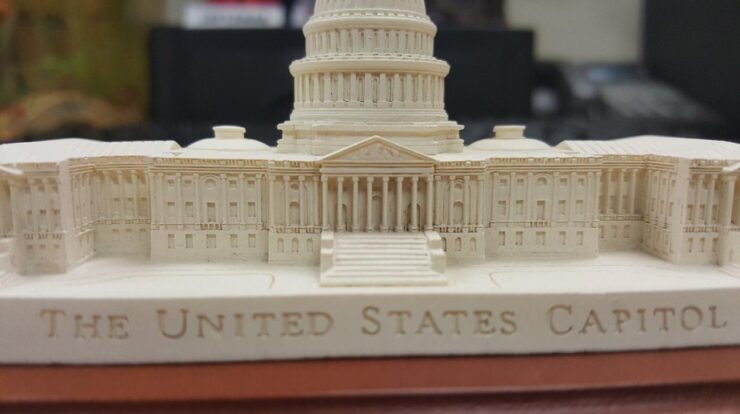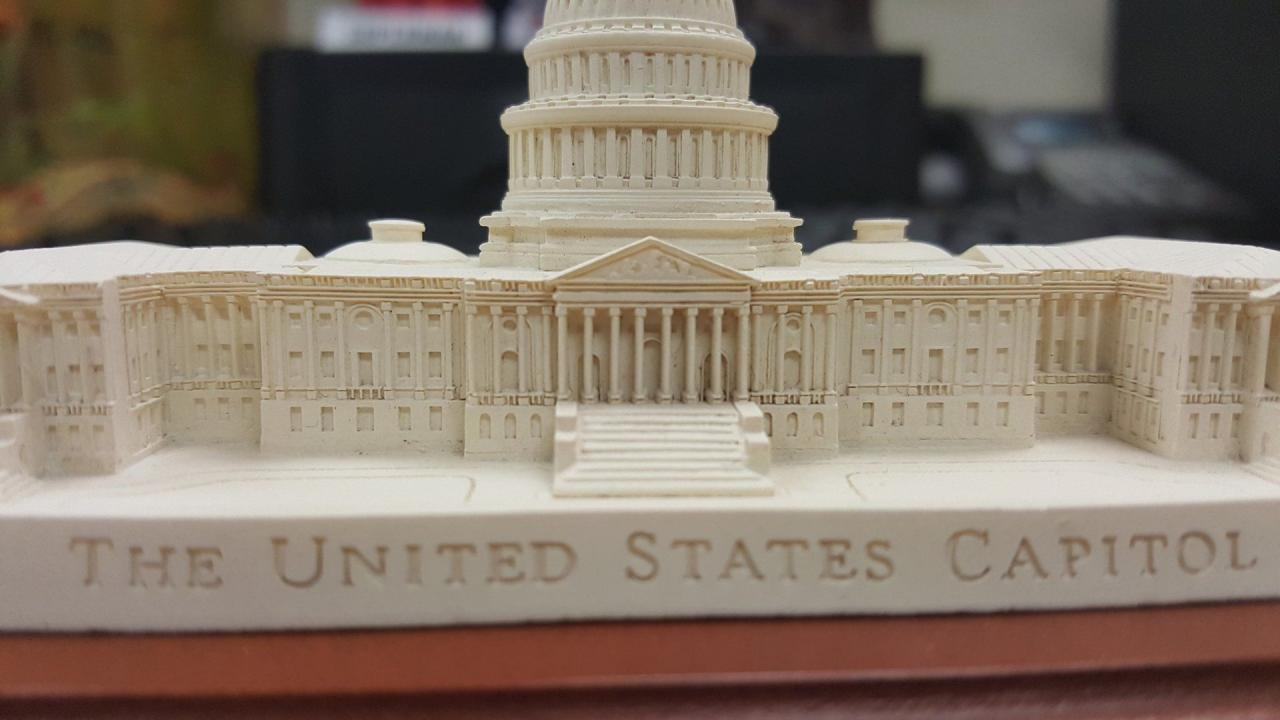
Capitol measurement, a cornerstone of architectural design, has shaped the dimensions and aesthetics of buildings throughout history. This comprehensive guide delves into the significance, evolution, and practical applications of capitol measurement, offering insights into the intricate relationship between form and function in architecture.
From ancient temples to modern skyscrapers, capitol measurement has played a crucial role in determining building proportions, ensuring structural integrity, and creating visually pleasing spaces. As we explore the intricacies of this architectural concept, we will uncover the factors that influence capitol measurement decisions, its regional variations, and its role in contemporary design.
Capitol Measurement

Capitol measurement is a crucial aspect of architectural design, influencing building proportions, structural integrity, and spatial arrangements. It has evolved throughout history, impacting architectural styles and movements, and continues to play a significant role in contemporary architecture.
Definition and Overview of Capitol Measurement
Capitol measurement refers to the process of determining the size and proportions of a building’s capitol, which is the uppermost section of a column or pilaster. It involves measuring the height and diameter of the capitol and its various components, such as the abacus, echinus, and annulets.
Capitol measurement is essential for ensuring the structural stability and aesthetic balance of a building.
Types and Methods of Capitol Measurement
There are various types of capitol measurements, including the Doric, Ionic, and Corinthian orders, each with its unique proportions and characteristics. The measurement process involves using traditional tools like calipers and measuring tapes, as well as modern techniques like laser scanners and photogrammetry.
Factors Influencing Capitol Measurement
The choice of capitol measurement is influenced by several factors, including the building style, function, and aesthetics. For instance, classical buildings often employ traditional capitol measurements, while modern buildings may opt for more innovative and unconventional approaches.
Practical Applications of Capitol Measurement
Capitol measurement finds practical applications in determining building proportions, ensuring structural integrity, and planning spatial arrangements. It helps architects create harmonious and visually appealing buildings that meet specific functional requirements.
Capitol Measurement in Contemporary Architecture
In contemporary architecture, capitol measurement continues to play a role, albeit with new interpretations and technologies. Architects are experimenting with innovative materials and design concepts, leading to unique and unconventional capitol measurements.
Capitol Measurement in Architectural History
Throughout architectural history, capitol measurement has influenced architectural styles and movements. From the classical orders of ancient Greece and Rome to the Gothic and Renaissance periods, capitol measurement has evolved to reflect changing aesthetic preferences and technological advancements.
Regional Variations in Capitol Measurement
Capitol measurement practices vary across regions, influenced by cultural, geographic, and climatic factors. For example, buildings in tropical climates may have taller capitols to facilitate ventilation, while buildings in cold climates may have shorter capitols for structural stability.
Case Studies of Capitol Measurement
Notable buildings with unique capitol measurements include the Parthenon in Athens, the Colosseum in Rome, and the Empire State Building in New York City. These case studies provide insights into the design rationale behind capitol measurement choices and their impact on the buildings’ overall aesthetics and functionality.
Future Trends in Capitol Measurement
Emerging technologies and design innovations are likely to influence capitol measurement practices in the future. Architects may explore new materials and construction techniques, leading to innovative and sustainable capitol measurement solutions.
Epilogue: Capitol Measurement

Capitol measurement remains an essential tool in the architect’s toolbox, enabling the creation of buildings that are both aesthetically pleasing and structurally sound. As we continue to push the boundaries of architectural design, capitol measurement will undoubtedly evolve, adapting to new technologies and design trends while preserving its fundamental role in shaping the built environment.
Questions and Answers
What is capitol measurement?
Capitol measurement refers to the system of determining the proportions and dimensions of a building’s capital, which is the topmost part of a column or pilaster.
How has capitol measurement evolved over time?
Capitol measurement has evolved from simple ratios in ancient architecture to more complex systems that consider factors such as building style, function, and aesthetics.
What are the different types of capitol measurements?
There are various types of capitol measurements, including the Doric, Ionic, Corinthian, and Composite orders, each with its own distinct proportions and characteristics.
How is capitol measurement used in practical applications?
Capitol measurement is used to determine building proportions, ensure structural integrity, and create visually pleasing spaces.
What is the role of capitol measurement in contemporary architecture?
In contemporary architecture, capitol measurement continues to be used, but it is often adapted to fit new design trends and technologies.





